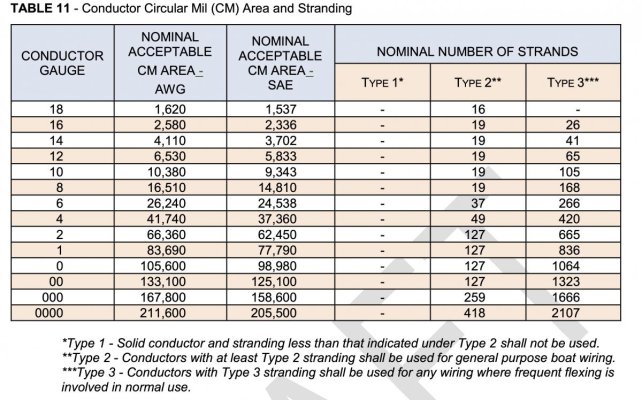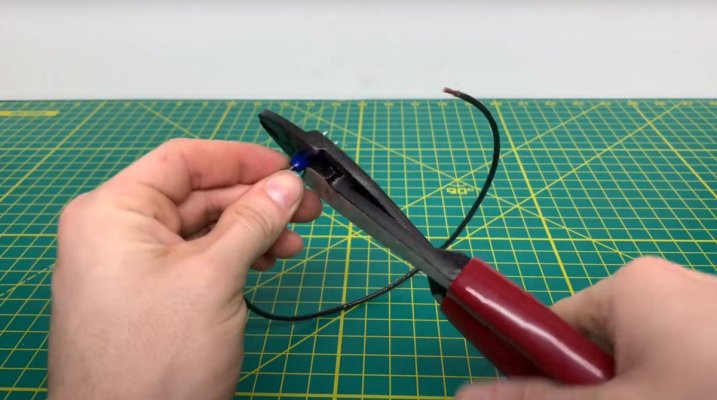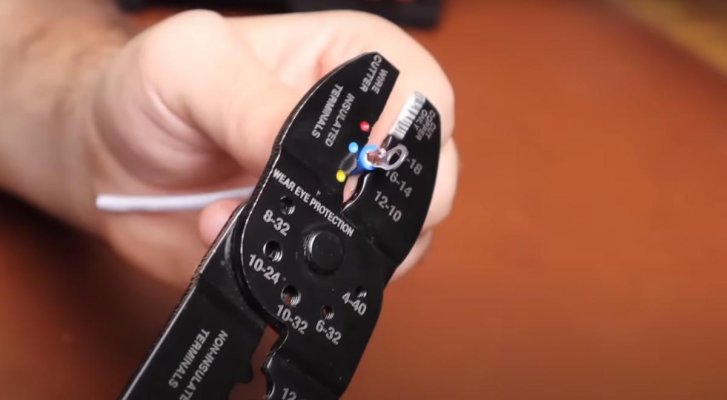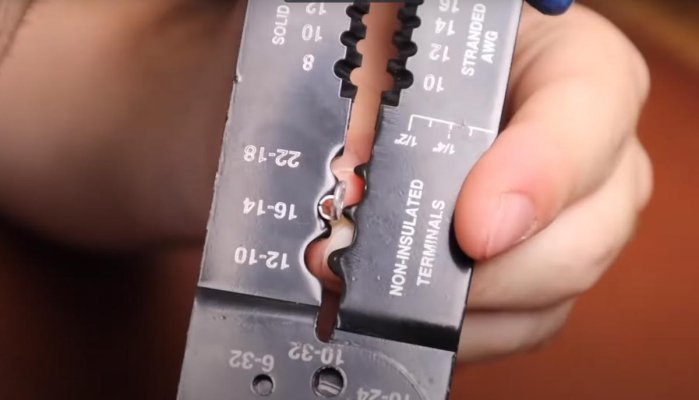paulga
Guru
- Joined
- May 28, 2018
- Messages
- 972
- Location
- United States
- Vessel Name
- DD
- Vessel Make
- Marine Trader Sundeck 40'
I spead out to count the strands of the existing wires. the existing one has 7 thick, rigid strands, comparing with the 12g wire that has 19 thin, more pliant strands. so the existing wires are 14awg?
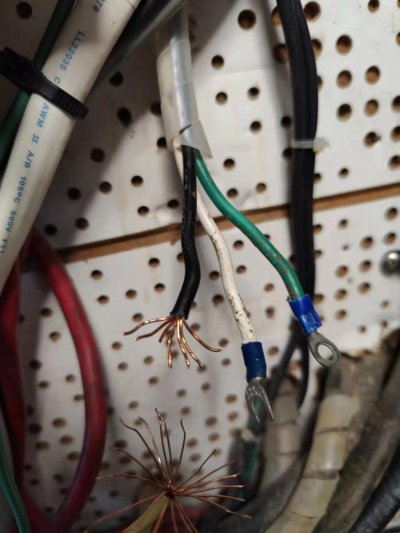
though it has 7 strands, each strand is thick. folding the wires double will not fit through a yellow connector wire barrel. I don't have blue connectors, so I crimped the wire into a yellow connector. this is what it looks like - there seems to be some spaces among the wires, but I did pushed the crimper as far as I could. in the end it was working, but I think the connections could be denser.
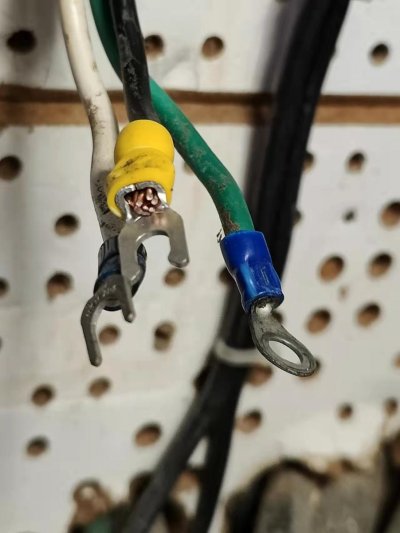
this is the connections that I made:
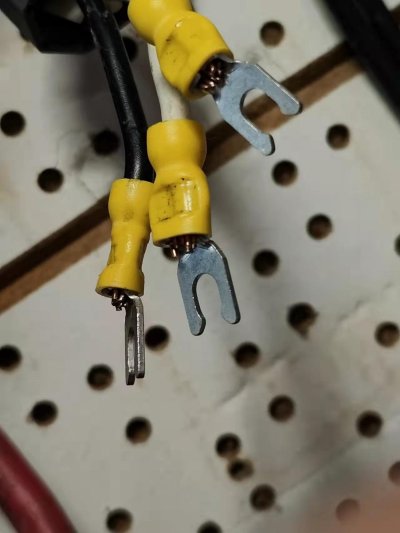
vs the originally completed wire connectors. were these done with a high capacity crimper?
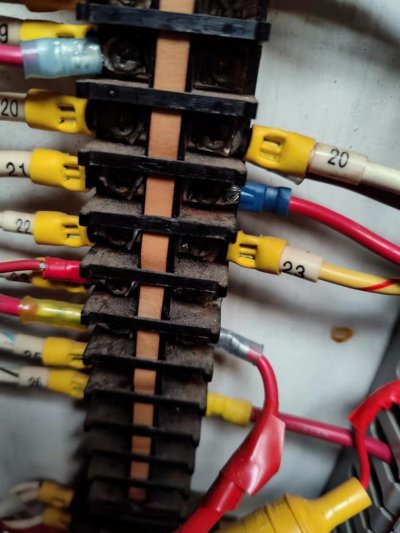

though it has 7 strands, each strand is thick. folding the wires double will not fit through a yellow connector wire barrel. I don't have blue connectors, so I crimped the wire into a yellow connector. this is what it looks like - there seems to be some spaces among the wires, but I did pushed the crimper as far as I could. in the end it was working, but I think the connections could be denser.

this is the connections that I made:

vs the originally completed wire connectors. were these done with a high capacity crimper?


